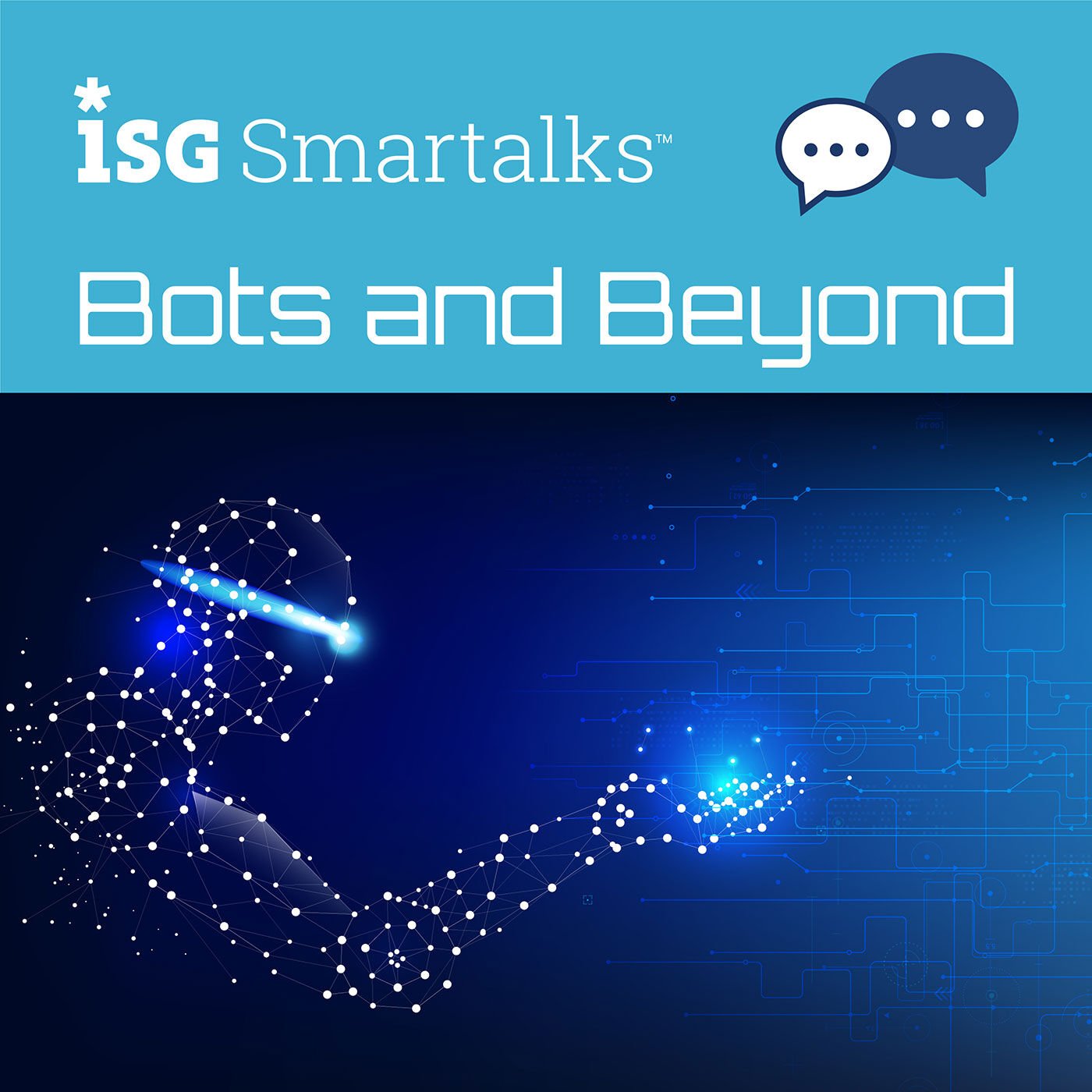The automation journey can be a long one – and possibly one with no end. Many organizations start with robotic process automation (RPA) and almost immediately find opportunity for increased productivity and accuracy in the back office – a move that is just the first stage of a rewarding effort to increase operational efficiency and create value across the organization.
The next stage is defined by technologies that build on the first: these are intelligent automation technologies. They provide a structured output, which is exactly what RPA bots require to do what they do best. Intelligent automation technologies consist of image recognition, which can review an invoice or confirm an identity via facial recognition; natural language processing (NLP), which can understand the intent in a fixed body of text; cognitive reasoning, which can make a complex decision based on various data points; and data analysis and extraction, which can find patterns in data sets or extract information from a contract or other legal document. When orchestrated correctly, intelligent automation technologies are enabling companies to automate processes that – until now – have been un-automatable.
Take the anti-money laundering process. Curbing illegal behavior in the banking industry has required an agent to cast his or her eye over a number of documents, confirm the address and identity of the individual and check documents like bank statements, utility bills, passports or driving licenses. The challenge is that the bank must not only scrape information to compare against an application, it also must check the validity of the documents. This requires more than standard optical character recognition (OCR) technology. In this context, a bank would need an image recognition algorithm built specifically to highlight traits in a document that may point to its fraudulence. This is how a bank can use the right intelligent automation technology to tap the next layer of value.
One way to understand the value intelligent automation can bring to an enterprise is to understand the limitations of RPA. While RPA can take the pain out of repetitive and mundane processes, reduce errors and improve compliance, it cannot read text, communicate with a person, interpret a contract, scrape information from an invoice, make a complex decision or improve over time. This is why automation centers of excellence around the globe are starting to think about building cognitive capabilities into their RPA initiatives.
When a company adds cognitive capabilities like cognitive reasoning, NLP and image recognition to RPA, they can automate nearly double the number of processes in the back office and explore new areas of the business for opportunities to automate, including in customer service, legal and marketing. For many, customer service automation is the Holy Grail of automation because of its ability to offset the significant costs associated with employing people to respond to so many different contact channels. In fact, some organizations are looking more seriously at bringing service centers back home, which they can do only with the help of intelligent automation in the form of conversational AI in the interactive voice response (IVR) or chatbots – an idea that is no longer pie in the sky, especially since Google’s recent Duplex demo.
Even though it is increasingly easy to find mature and effective intelligent automation technology in today’s market, it is smart to first fully understand the problem you are trying to solve. Buying a hammer risks everything looking like a nail – and buying the tool first may mean you miss out on a wider opportunity. Getting under the hood of your operation to find your cognitive potential isn’t as complex as you may think. Break your processes into characteristics, like “look,” “read,” “copy” and “decision making.” Soon it will become apparent where intelligent automation technologies can tie together to create an eco-system of capabilities, which, in turn, can enable more end-to-end customer journeys to be automated.
Of course, knowing the type of technology you need doesn’t mean you don’t have any more decisions to make, but even this has become easier with the as-a-service model. You can forget your old lengthy procurement process and consider alternative methods to test and learn early without significant investment in an end-to-end solution. Before you make any long-term investments, make sure the technology meets your business needs.
ISG’s process identification methods help enterprises identify processes that will benefit from RPA and cognitive capabilities, and the ISG FutureSource™ methodology provides the framework to bring in these new and exciting vendors. Let us help you, too. Drop me an email to find out more.



